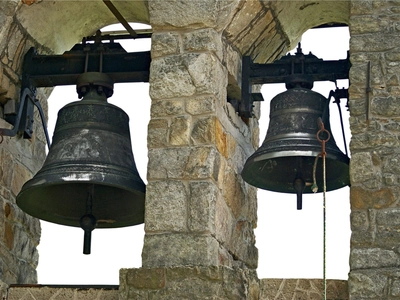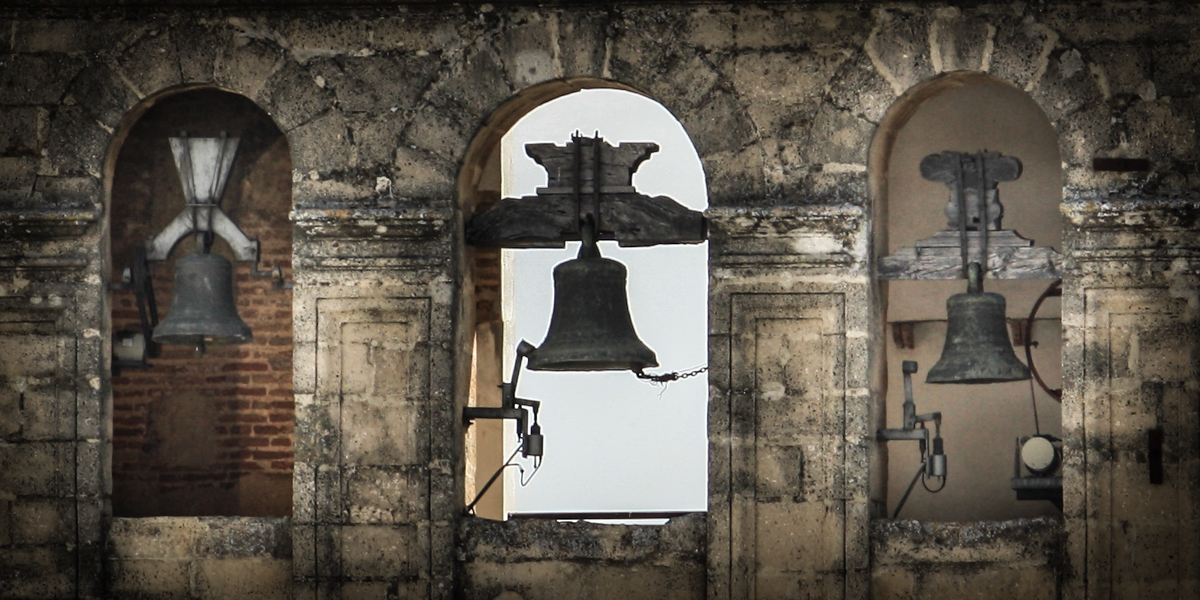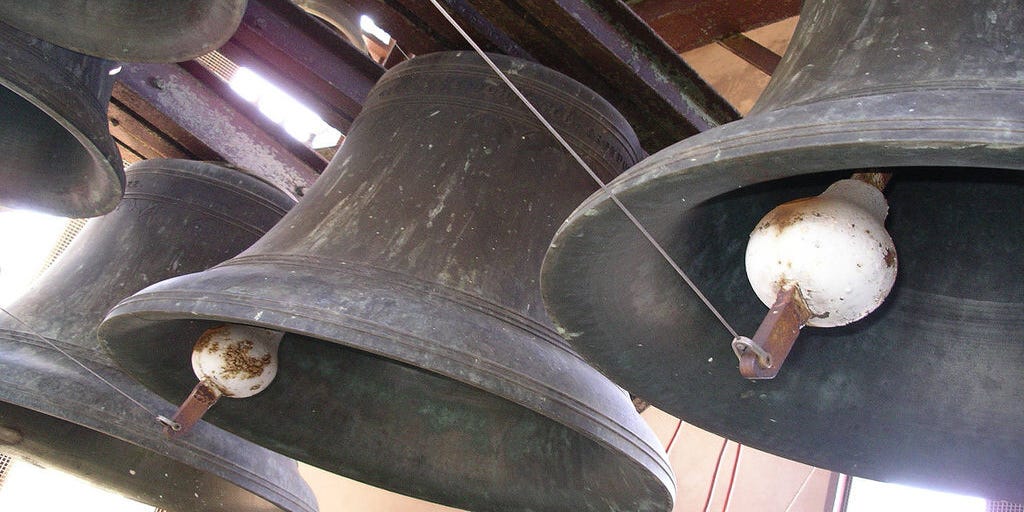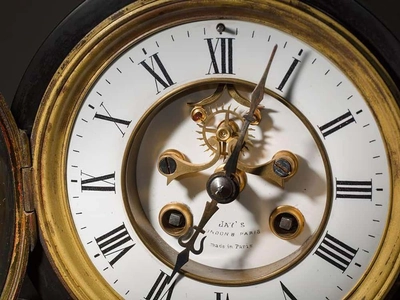The 22 Household Items That Vanished From Every American Home (You Had ALL of These)
Remember when every single house had that beige cordless phone hanging on the kitchen wall? Or when opening a drawer meant sifting through a tangled mess of VHS tapes? If you're nodding along, you're about to take a trip down memory lane that will make you question how we ever survived without smartphones.
Thirty years ago, these items weren't just common—they were essential. Every household had them. Your neighbors had them. Even your weird uncle who lived in the basement had them. But today? They've vanished so completely that Gen Z kids look at them like ancient artifacts.
The Communication Revolution That Killed Everything
Corded Kitchen Phones - You know the one. Beige or white, mounted on the kitchen wall with a 20-foot spiral cord that got tangled every single time you used it. The family lifeline that everyone fought over during dinner time.
Answering Machines - Those chunky plastic boxes with tiny cassette tapes that recorded your "We're not home right now" message. You'd race home to check that blinking red light, hoping someone important called. Now your phone answers itself.
Phone Books - Both Yellow Pages and White Pages. Thick as dictionaries, delivered to your door whether you wanted them or not. You'd let your fingers do the walking, and every household had at least three years' worth stacked somewhere.
Rolodexes - The original contact management system. Every important phone number, handwritten on little cards, spinning in that iconic circular file. Losing your Rolodex was like losing your social life.
The Entertainment Apocalypse
VHS Tapes - Blockbuster nights were sacred. Every family had a collection of Disney movies, recorded TV shows, and that one tape you weren't supposed to watch. "Be kind, rewind" wasn't just a slogan—it was a way of life.
VCRs - The blinking "12:00" became a symbol of technological defeat. But when they worked, they were magic. Recording your favorite shows, fast-forwarding through commercials, the satisfying click of inserting a tape.
TV Guides - That little magazine that arrived weekly, circled and highlighted like a battle plan. Sunday night meant mapping out your entire week's viewing schedule. No spoilers, no streaming—just pure anticipation.
Cable Boxes - Those chunky, hot rectangular boxes that sat on top of your TV. You'd lose the remote and have to manually change channels using the actual buttons. The struggle was real.
The Information Age Casualties
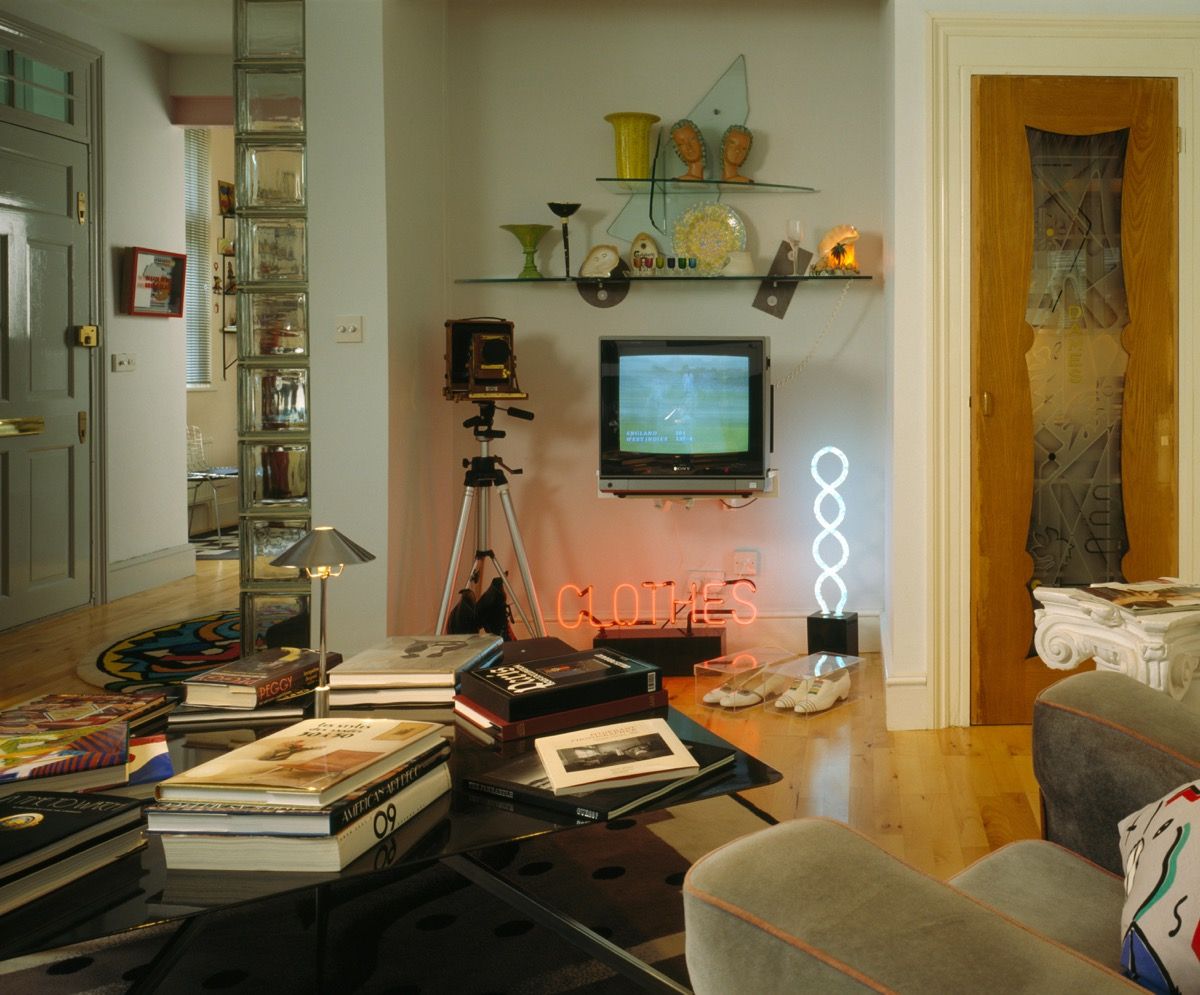
Encyclopedias - Britannica, World Book, Funk & Wagnalls. These leather-bound knowledge fortresses took up entire shelves. Kids actually had to go to these books to research school projects. Imagine.
Dictionaries - The thick, heavy book that settled every argument. "Look it up" meant physically turning pages, not asking Siri. Every household had at least one, usually gathering dust but always there when needed.
Road Maps - Folded paper chaos that never quite fit back into the glove compartment the same way. Getting lost was actually possible, and asking for directions was a life skill.
Thomas Guides - For West Coasters, these spiral-bound street directories were GPS before GPS. Every page was memorized by locals, and you weren't truly adult until you could navigate by grid coordinates.
The Technology Graveyard
Cassette Tapes - Your music collection lived in plastic cases, and making a mixtape was an art form. You'd sit by the radio with your finger on the record button, waiting for your favorite song.
Walkman/Boomboxes - Personal music meant carrying a briefcase-sized stereo or clipping a Walkman to your belt. Sharing music meant literally sharing your headphones.
Fax Machines - The miracle of sending documents instantly across the world. That distinctive dial-up screech meant important business was happening. Every office had one, and many homes did too.
Typewriters - The electric ones with correction tape were considered high-tech. Making a mistake meant starting over or living with white-out. Every important document bore the satisfying thunk of manual keystrokes.
The Computing Stone Age
Floppy Disks - 3.5-inch squares of digital storage that held approximately one song. You'd label them with a Sharpie and pray they didn't get corrupted. The save icon that kids today don't recognize.
CRT Monitors - Those massive, heavy glass tubes that took up half your desk. They hummed, they got hot, and they delivered that satisfying pop when you turned them on. Flat screens were science fiction.
Dial-Up Modems - The gateway to the internet sounded like robots screaming. You'd tie up the phone line, wait five minutes for a single image to load, and pray nobody needed to make a call.
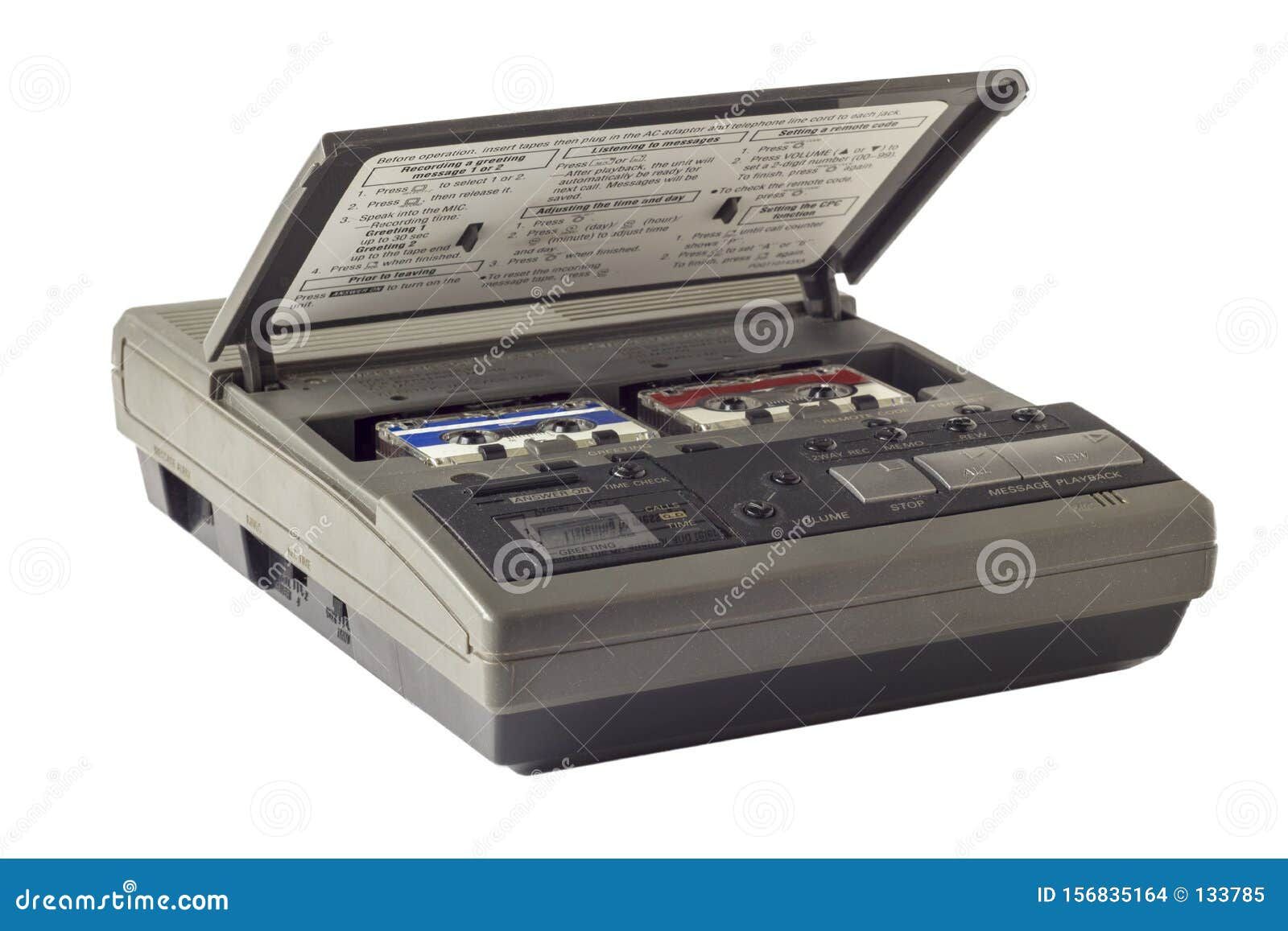
The Analog Lifestyle
Film Cameras - Every photo was precious because film cost money. You'd carefully compose each shot, drop off the roll at the drug store, and wait days to see if you'd blinked. No do-overs, no instant gratification.
Photo Albums - Physical books where memories lived. You'd spend hours arranging pictures, writing captions, and creating something tangible. Looking at old photos meant gathering around an actual book.
Alarm Clocks - The analog ones with the bells on top that could wake the dead. Digital clocks were fancy, but most people still had the wind-up versions as backup. Your phone wasn't your alarm clock.
Why They All Disappeared
The smartphone didn't just replace these items—it obliterated them. Why have 22 separate devices when one slim rectangle could do everything? But something was lost in the transition. The tactile experience of flipping through a phone book, the anticipation of waiting for photos to develop, the shared experience of fighting over the TV remote.
These weren't just objects; they were rituals. They forced us to be intentional, to wait, to share physical spaces and experiences. Today's kids will never know the panic of a busy signal, the satisfaction of a perfectly timed VHS recording, or the community bonding that happened at Blockbuster on Friday nights.
The Nostalgia Hits Different
Every item on this list represents a slower, more deliberate way of living. When entertainment required planning, when information required effort, when staying connected meant being present. We didn't know we were living in the last days of the analog world.
Now these relics sit in garage sales, priced at quarters and dollar bills, while twenty-somethings walk past them without recognition. But for those of us who lived through the transition, seeing that beige wall phone or hearing the Windows 95 startup sound isn't just nostalgia—it's archaeology.
We survived without Google Maps, without instant messaging, without the ability to take unlimited photos. We planned our lives around TV schedules, carried actual money, and somehow managed to meet up with friends without GPS tracking.
The question isn't whether we're better off now—we obviously are. The question is: what did we lose in the process? And more importantly, what everyday items filling our homes today will our kids look at thirty years from now with the same bewildered nostalgia?
Because mark my words—they're coming for your AirPods next.


